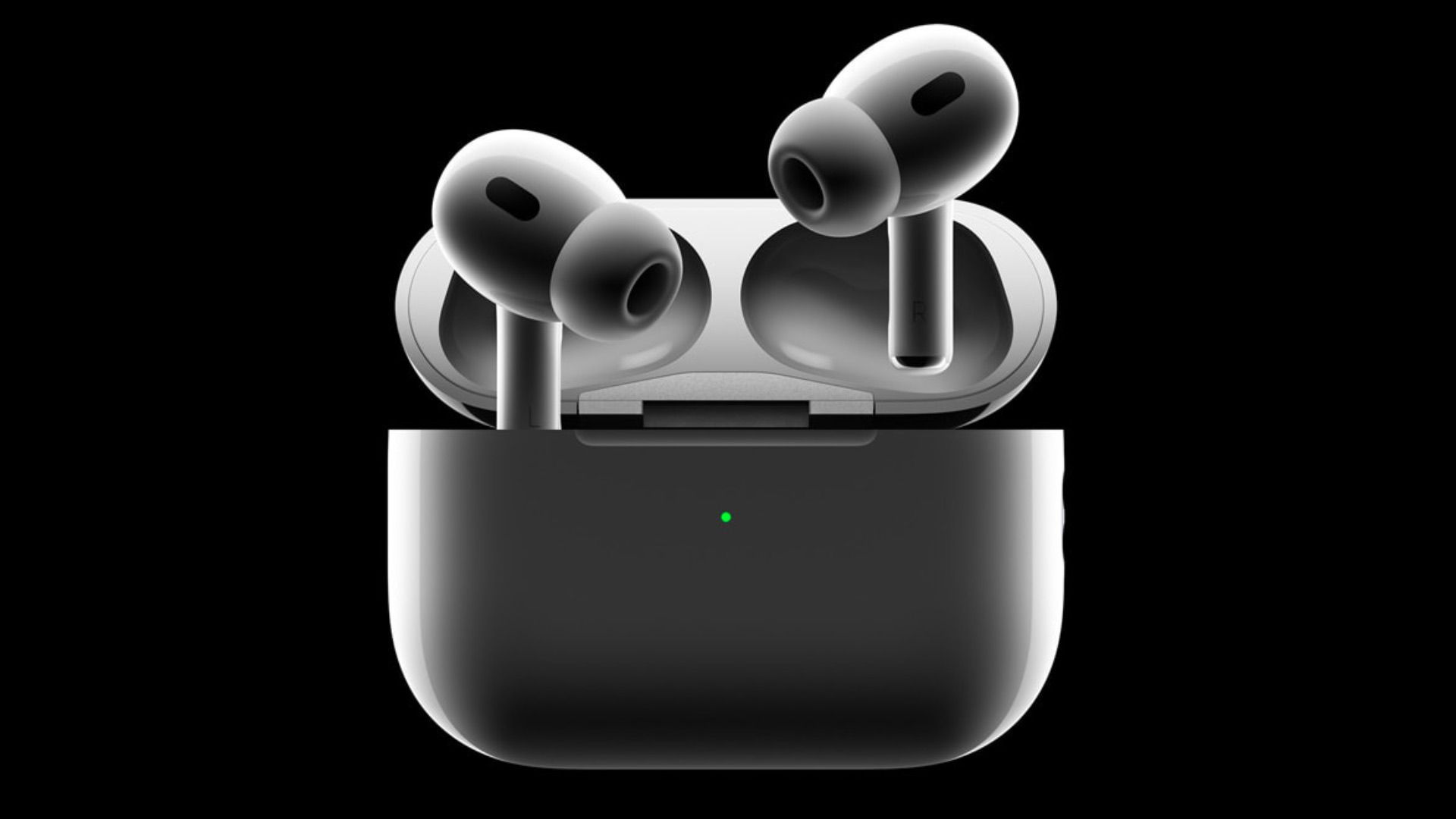The Apple TV 4K: A Comprehensive Review of Features and Usability

In the competitive landscape of set-top boxes, the Apple TV 4K stands out not only for its premium pricing but also for its extensive features and user-friendly interface. Designed to plug directly into your television, this device seamlessly integrates various streaming services, games, music, and applications, transforming your viewing experience into something remarkably versatile.
The Apple TV 4K has evolved to become more than just a streaming device; it is capable of serving as a karaoke machine, a video conferencing tool, and more. However, it is worth noting that the App Store available on the device is somewhat limited compared to other platforms.
What truly sets the Apple TV 4K apart is its reliability. Reflecting on my own experience, I initially purchased the Apple TV 4K as a personal project, curious to explore its capabilities. However, it quickly became the centerpiece of our household entertainment. Within just a few weeks, it shifted from being a device I used alone in the living room to the go-to option for everyone in the family. Even with other services available, like the UK's Freeview digital TV and channels provided by our broadband supplier, the Apple TV 4K became the default choice.
Interestingly, despite owning a smart TV, I found my family rarely utilized its built-in features after acquiring the Apple TV 4K. The straightforward nature of navigating the Apple interface made using the smart TV's menu feel cumbersome by comparison.
However, it's essential to recognize that the Apple TV 4K is not without its flaws. A significant issue lies in the dual use of the term "Apple TV"it can refer either to the physical set-top box or to Apples TV app, which offers access to the streaming service, Apple TV+. While the Apple TV app is available on the Apple TV 4K, it is also accessible on other devices like the iPhone, iPad, and even Apple Vision Pro.
Initially, the Apple TV was designed primarily for playing back purchased content from iTunes. While this still holds true, accessing your library now requires additional steps compared to earlier versions. Furthermore, the search functionality on the Apple TV 4K can be a bit convoluted, as it features two different search modes: one across the entire system and another that operates within individual apps. This often leads to confusion, especially if you're trying to search for content on platforms like YouTube, only to accidentally trigger a universal search instead.
Moreover, while most apps function smoothly, some, like YouTube, can be frustratingly unstable, experiencing random crashes that disrupt the viewing experience. When you attempt to search the entire system, it can be unclear whether a specific title is part of your library or if you need to pay extra for access, which often requires sifting through multiple layers of menus.
Despite being compatible with Netflix, the integration of the streaming giant is not as seamless as one might hope. Although Netflix is available through the Apple TV 4K, the app does not fully cooperate with Apples ecosystem; it necessitates its own application for any form of access, which can be a point of irritation for users who prefer a unified experience.
The Apple TV 4K hardware itself has undergone several iterations since its debut in 2007. The latest model is compact, measuring only 3.66 inches in width and depth and standing at just 1.2 inches tall. It comes equipped with a mains cable port and an HDMI connection for seamless integration with your TV. There is also an upgraded version that includes an additional gigabit Ethernet port for enhanced connectivity.
The Siri Remote has seen considerable changes over the years, now featuring a sleek silver design that measures 5.4 inches in height and 1.4 inches in width. Its round, touch-sensitive control is accompanied by five physical buttons including Back, Play/Pause, Mute/Unmute, Home, and Volume control. One notable design improvement has been moving the Siri button to the side of the remote, reducing the number of instances where users might accidentally grab the device upside down.
One of the standout features of Siri on the Apple TV is its ability to rewind videos and display subtitles when prompted with a simple voice command. However, this functionality does not extend to all apps, which can limit its effectiveness.
The default setting on the Apple TV 4K is for it to open directly into the Apple TV app when powered on. While this might streamline access to Apples own content, it can obscure the multitude of other options available through the device. Fortunately, users can revert to a traditional home screen view that displays all installed applications by simply adjusting the settings.
Once you navigate to the home screen, youll find a selection of applications including Apple Arcade, Apple Fitness, the Apple TV app, the App Store, Music, Photos, and Podcasts. Apple Arcade, in particular, offers a subscription-based gaming service that could be a worthwhile investment for avid gamers.
While the Apple TV app is the focal point of the device, it also aggregates content from various streaming platforms, presenting a more extensive library than one might expect. However, its important to note that not all streaming services, such as Netflix, integrate with the Apple TV apps features, necessitating separate app downloads for a full experience.
Each streaming application operates slightly differently, requiring users to adapt as they navigate between platforms. Despite this, most apps provide a consistent playback experience once a video is started. The Apple TV app aggregates content from multiple services, simplifying the user experience by allowing navigation through lists of shows and movies.
During playback, a timeline appears that enables users to track their progress, although it may not always provide precise control over skipping sections. For certain live streams, the option to resume from the beginning can occasionally malfunction, particularly with specific services like the BBC iPlayer.
One of the more innovative features introduced is the InSight functionality, which provides context and information about the actors and creators involved in the content being viewed. This feature enhances the viewing experience, especially when the content fails to capture your attention.
The Apple TV app has evolved significantly from its original design, now showcasing trailers for current shows and providing personalized recommendations based on viewing history. Users can also manage multiple profiles within the app, facilitating a tailored experience for different family members.
In terms of settings, the Apple TV 4K offers extensive customization options, allowing users to manage Wi-Fi networks, connected accounts, and remote control setups. One particularly notable feature is the stunning screen savers that display breathtaking landscape photography when the device is not in use. Users can even tap the remote to discover the location of the displayed images.
Managing applications on the Apple TV 4K is straightforward; users can download new apps from the App Store, rearrange their layout, or remove unwanted apps easily. The top row of apps is designated as a Dock, where frequently used applications can be stored for quick access.
Among the distinctive apps on the Apple TV, FaceTime allows for video conferencing by connecting to the camera on a users iPhone, providing a unique, albeit limited, way to engage in video calls. Similarly, the karaoke feature requires specific permissions from song publishers, allowing users to sing along to selected tracks while suppressing the original vocals.
In summary, the Apple TV 4K offers a comprehensive entertainment solution that may become the mainstay of your daily viewing habits. While challenges remainparticularly with Netflix integration and app stabilitythe overall experience is efficient, fast, and user-friendly. It may not be the all-encompassing television solution envisioned by Steve Jobs, but it certainly simplifies and enhances home entertainment for many users.
























